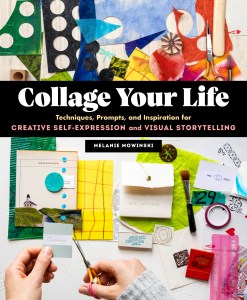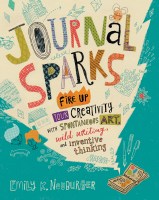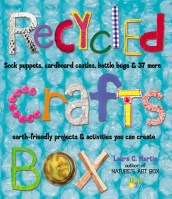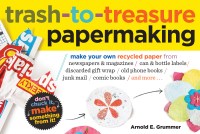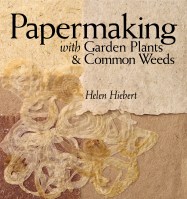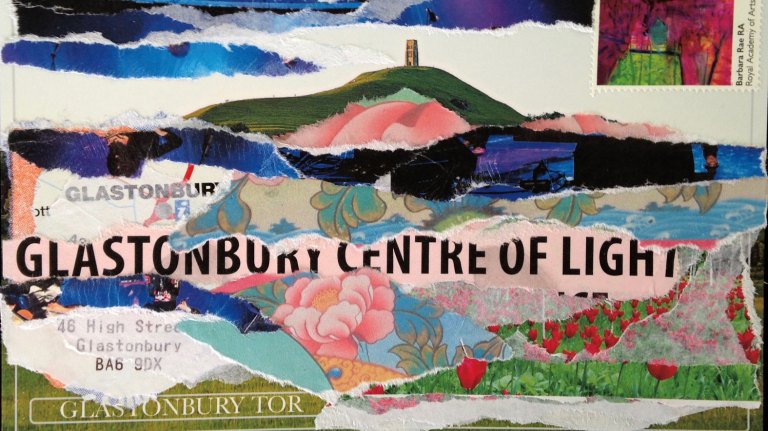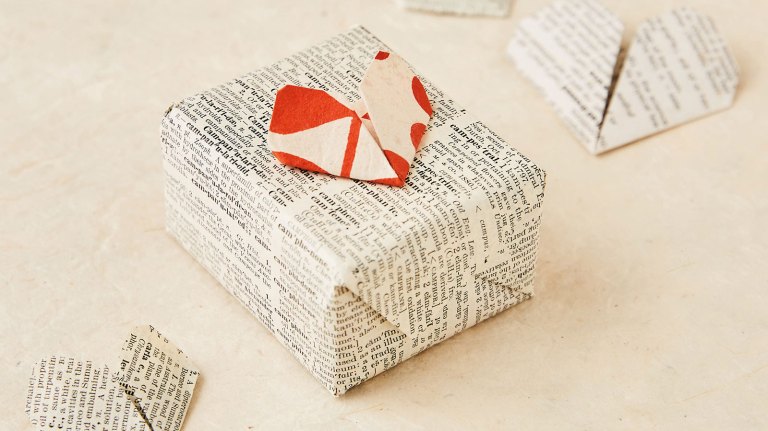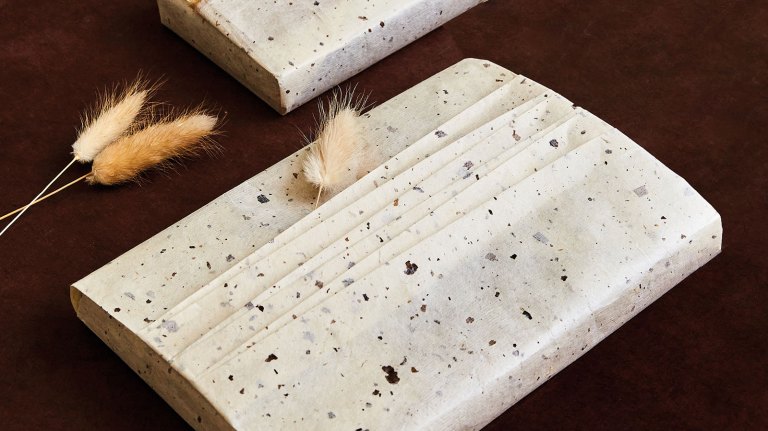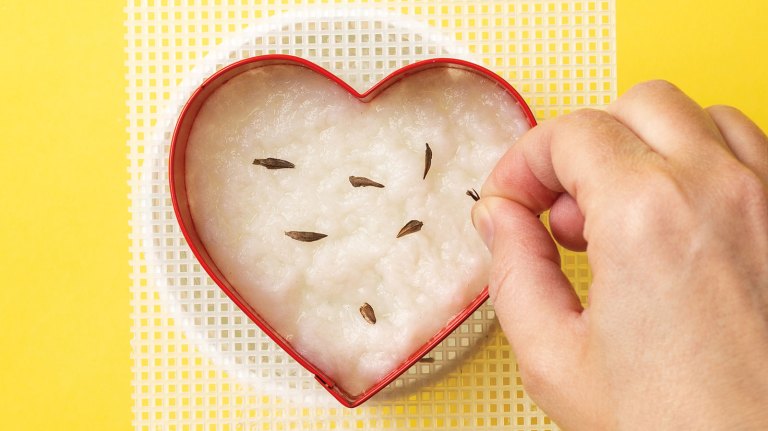From Clutter to Collage
Creating collage art can be an inspiring way to reuse papers and materials that might otherwise go to waste.
Many of us crafters and makers are searching for ways to reduce our waste and consumption without giving up our creative hobbies, but it isn’t always easy to know where to start. One of the beautiful things about making collage art is that it doesn’t require any special equipment or materials. In fact, you might find that collages made from repurposed papers and old drawings or paintings can carry even more meaning than pieces made from brand-new materials from the store. Keep reading for artist and teacher Melanie Mowinski’s inspiring ideas for collecting your clutter and turning it into collage.
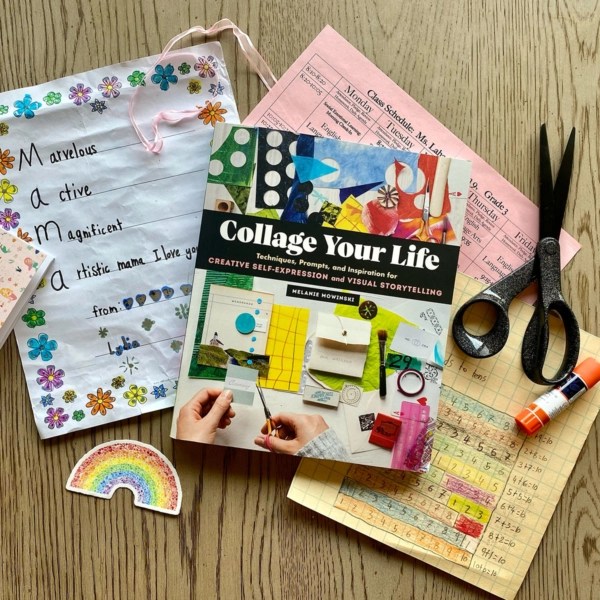
What Kinds of Papers Call to You?
Gathering papers and materials for collage-making can be just as much fun as making the collages. Much of it starts with you and what your interests are. This is where your collections of ephemera, papers, notes, and other things come in handy. You can also make rules for yourself, such as you aren’t allowed to purchase any papers; they all must be found. Or maybe you only use National Geographic magazines. Whatever you decide, let your YOU shine.
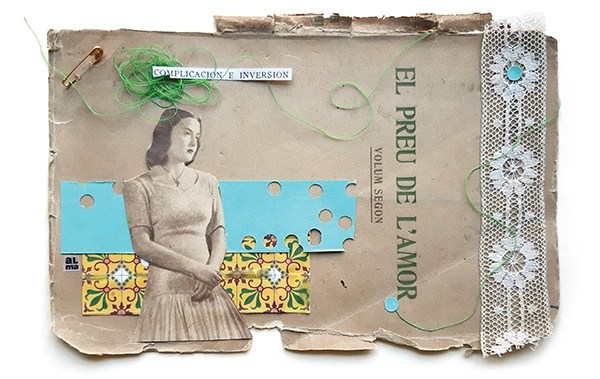
Here are some examples of the many kinds of found and recycled papers and materials you can use in your collages.
Transparent papers: sewing patterns, some handmade papers, tracing paper, and tissue paper.
Colored papers: construction paper, colored pages from magazines, Color-aid paper, and found papers. Organize them by color so they’re ready when needed.
Paste paper and other painted papers: Paint papers yourself using pigmented paste, acrylics, watercolors, or inks.
Handmade papers: all kinds of weights, patterns, and thicknesses. Dive in and explore—or, in the spirit of low-waste living, try making your own out of plants from your backyard. Helen Hiebert’s Papermaking with Garden Plants and Common Weeds will get you started.
Magazine papers: magazines, catalogs, and brochures. You never know where you will find inspiration.
Vintage papers: postcards, magazines, letters, and drawings from kids (either from your own childhood or, if you have kids, your children’s drawings).
Text papers: headlines, paragraphs, and words on paper. Cut out text that speaks to you, and keep your cutouts in an envelope or file for future use.
Found papers: receipts from the post office (or heck, from anywhere), ticket stubs, insides of security envelopes. Paper waits for you everywhere.
Waste papers: old telephone books, catalogs, magazines. All of these can become waste papers. One of the really great things about using a multipage document is when you flip the page, you have a new work surface.
Other ephemera: Okay, so really—anything can be used. String. Yarn. Feathers. Pieces of metal. Shells. Netting. Sticks. Leaves. Fabric. Felt. Plastic. If it inspires you somehow, use it.
